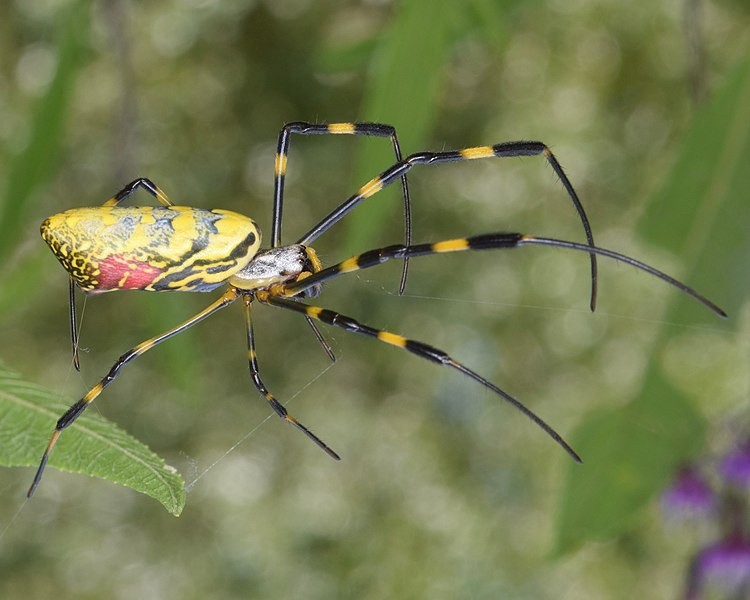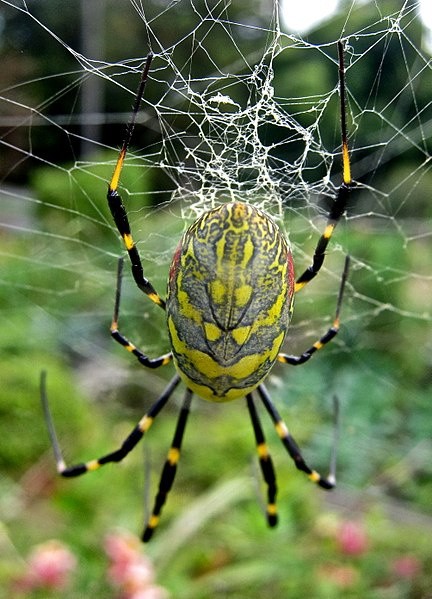They're massive, with eight blue-black and yellow striped legs, and they're on their way to taking over most of the United States Eastern Seaboard.

Joro Spider Invasion
According to research published in the journal Physiological Entomology, the palm-sized joro spider, which has been primarily limited to warmer southeastern states for almost a decade, might soon be anticipated to invade places with cooler climates.
Researchers observed that giant arachnids had a better chance of surviving a brief freeze than other species in the same genus.
Andy Davis, a research scientist at the Odum School of Ecology and one of the study's authors, told UGA Today, a newspaper of the University of Georgia, that "people should strive to learn to live with them."
Large Gentle Spiders

A joro spider has a huge bulbous body with vivid yellow stripes and can grow to reach around 3 inches long. It has striking red patterns on its underside and constructs huge webs that appear to be woven from golden silk.
It draws its name from the Japanese mythology character Jorgumo, who can transform into a beautiful lady and prey on unwary males.
Despite their unusual look and name, Davis remarked that joros appear to be harmless and have no impact on local crops or ecosystems.
He claimed they may provide an extra food supply for local predator birds.
While they employ venom to kill their prey, experts believe they are harmless to humans and pets since their fangs are generally too tiny to penetrate human skin.
In other words, Davis advises, try to leave them alone.
"I can imagine tearing a web down and putting them to the side if they're truly in your way," Davis continued, "but they'll simply come back next year."
Researchers compared joros to golden silk spiders, a closely similar species that originated in tropical conditions in Southeast Asia and established itself in this same region of the United States during the previous 160 years to understand their biology.
When exposed to cold temperatures, joro spiders have a metabolism twice as high as their spider cousins and heart rates that are 77 percent higher.
"These data show that the jor spider can survive in climatic regions other than the southeastern United States," the research concluded.
Efficient Traveler
They're also terrific travelers, which may explain why they seem to be spreading so swiftly.
Hatchlings engage in a process known as ballooning, in which they use web silks to carry them to new sites on the wind.
There's also the human component, according to Benjamin Frick, an undergraduate project researcher.
"Anecdotally, we got a complaint from a grad student at UGA who had unintentionally moved one of them to Oklahoma immediately before we published our paper," he continued.
Joro spiders are native to Japan and are thought to have arrived in the United States via shipping containers, according to experts.
For the most recent updates from the animal kingdom, don't forget to follow Nature World News!
© 2025 NatureWorldNews.com All rights reserved. Do not reproduce without permission.




